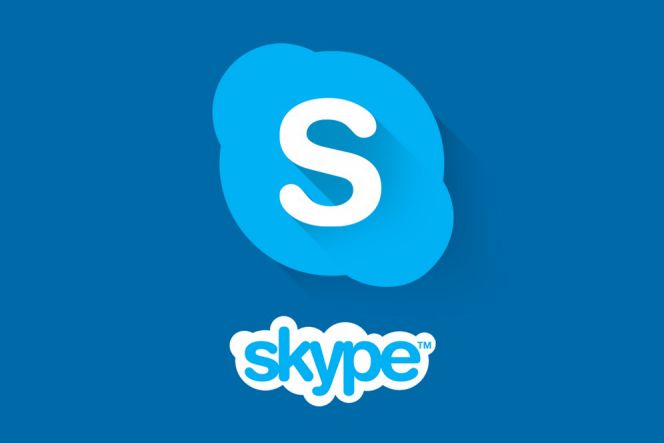
‘Integration’ and ‘automation’ are key buzz words in management circles. They can also simplify their application jungle and standardize their IT landscape with a streamlined Microsoft strategy. IT specialists may also appreciate that updates must no longer be deployed in the middle of the night but occur automatically for all users. Because the Teams application and all users are managed centrally in the cloud, the IT infrastructure is simplified tremendously as servers become obsolete. Teams offers many benefits for the IT departments compared to Skype for Business. #4 – Benefits for the ITīy now, most companies have not only accepted the transition to the cloud, but they have put it firmly into their IT and company strategy.
SKYPE FOR BUSINESS ONLINE FULL
This will allow you to utilize the full benefits of the Teams platform as well as the full Microsoft ecosystem. Very important: No patchwork! Use Teams as a company-wide communication platform by including telephony. To complete this transition – or to make it right from the start, for those companies who are still at the beginning – we recommend an evaluation of all key use cases including the entire telephony and customer service. This includes the above-mentioned telephony use cases. Now, many are realizing that they can use Teams beyond teamwork and wish to use it holistically. In the heat of the pandemic in 2020, many companies have hastily migrated to Teams – at least for collaboration. #3 – Holistic migration from Skype for Business to Microsoft Teams They fill the gaps and make it possible to move traditional telephony use cases over to Teams and to replace old telephony systems (PBXs, e.g. That’s where third-party providers such as Luware come into play. These crucial functionalities are major roadblocks to a full rollout within a company. Basic telephony functionality of Teams is often crude or simply missing. However, many companies are struggling with the holistic migration to Teams because it falls short in many telephony use cases such as call groups (called hunt groups in Skype for Business), service desks, IT help desks, call queueing, routing, contact centers, receptions, and attendants. Without a doubt, Teams is a field-proven and powerful tool for communication and collaboration. #2 – Traditional telephony & customer service with Microsoft Teams Teams has proven its power throughout the last year and surpasses Skype for Business by miles in terms of capabilities. Teams includes extensive functionality for communication and teamwork, and beyond that, everything is in one place: telephony, conferencing, chat, data storage/Sharepoint. Skype for Business already facilitates collaboration – with Teams, working together reaches a whole new level of sophistication. #1 – Advantages of Microsoft Teams over Skype for Business Microsoft offers extended support until October 14, 2025.īelow, find a full overview of the Microsoft product and service lifecycles for all versions of Skype for Business and Skype for Business Servers: Skype for Business On-Prem is end-of-life on January 9, 2024. Skype for business on-prem – end-of-life in 2024/2025

There is no time to spare to migrate to Teams. Skype for Business Online is end-of-life on J(read Microsoft announcement). Skype for Business Online – end-of-life in 2021 We have summarized the most important topics to consider for a holistic migration from Skype for Business to Teams.

So why move to Teams? While the state-of-the-art communication platform masters collaboration, many companies have failed to implement Teams in their telephony use cases, in part due to missing functionality. Skype for Business facilitates remote work and collaboration, and many companies use it as their company-wide Voice over IP (VoIP) telephony system.


 0 kommentar(er)
0 kommentar(er)
